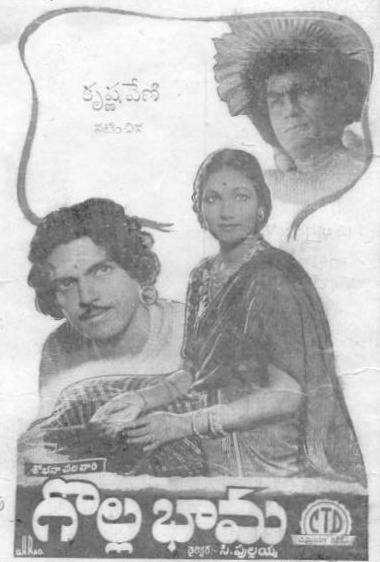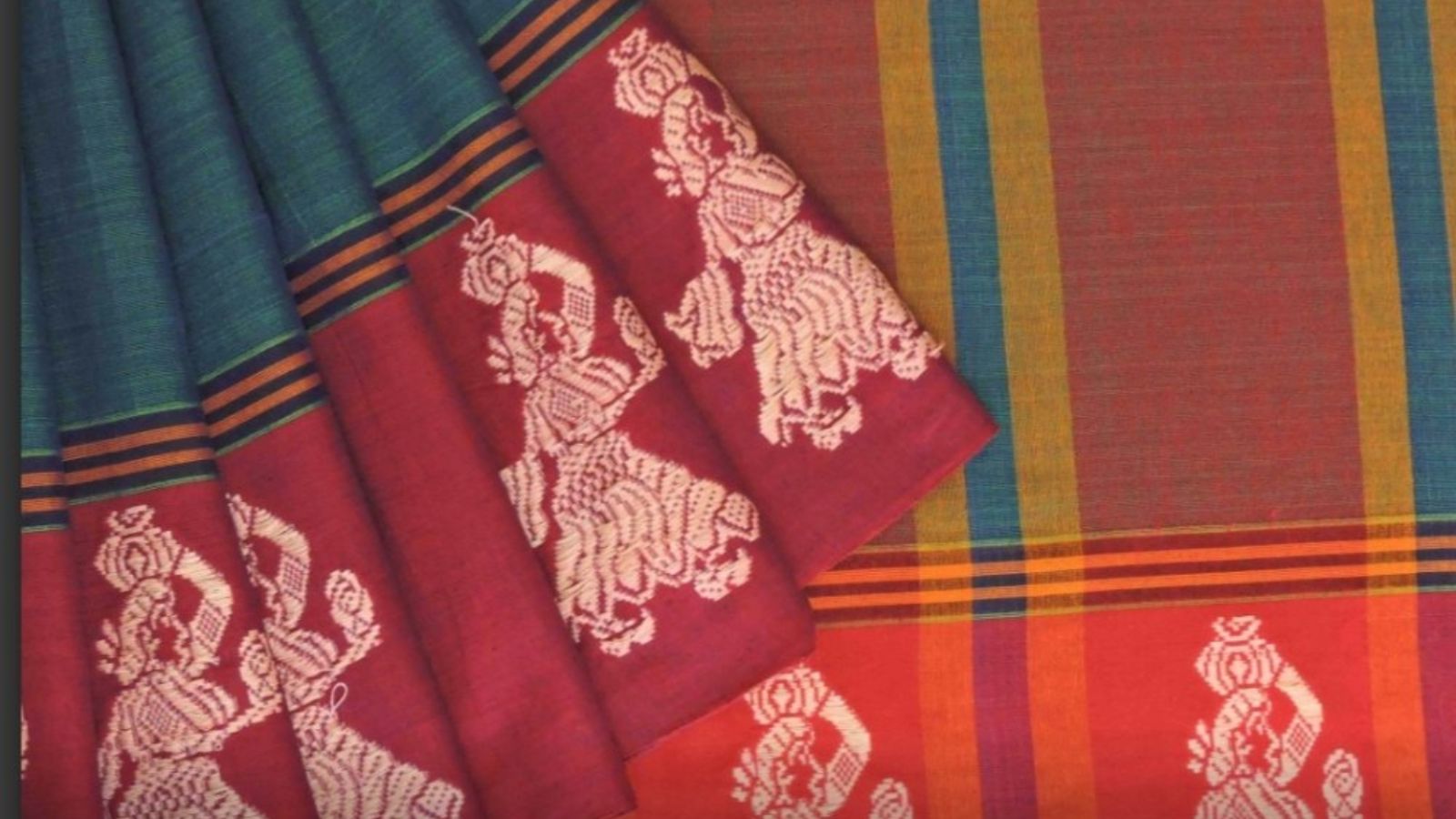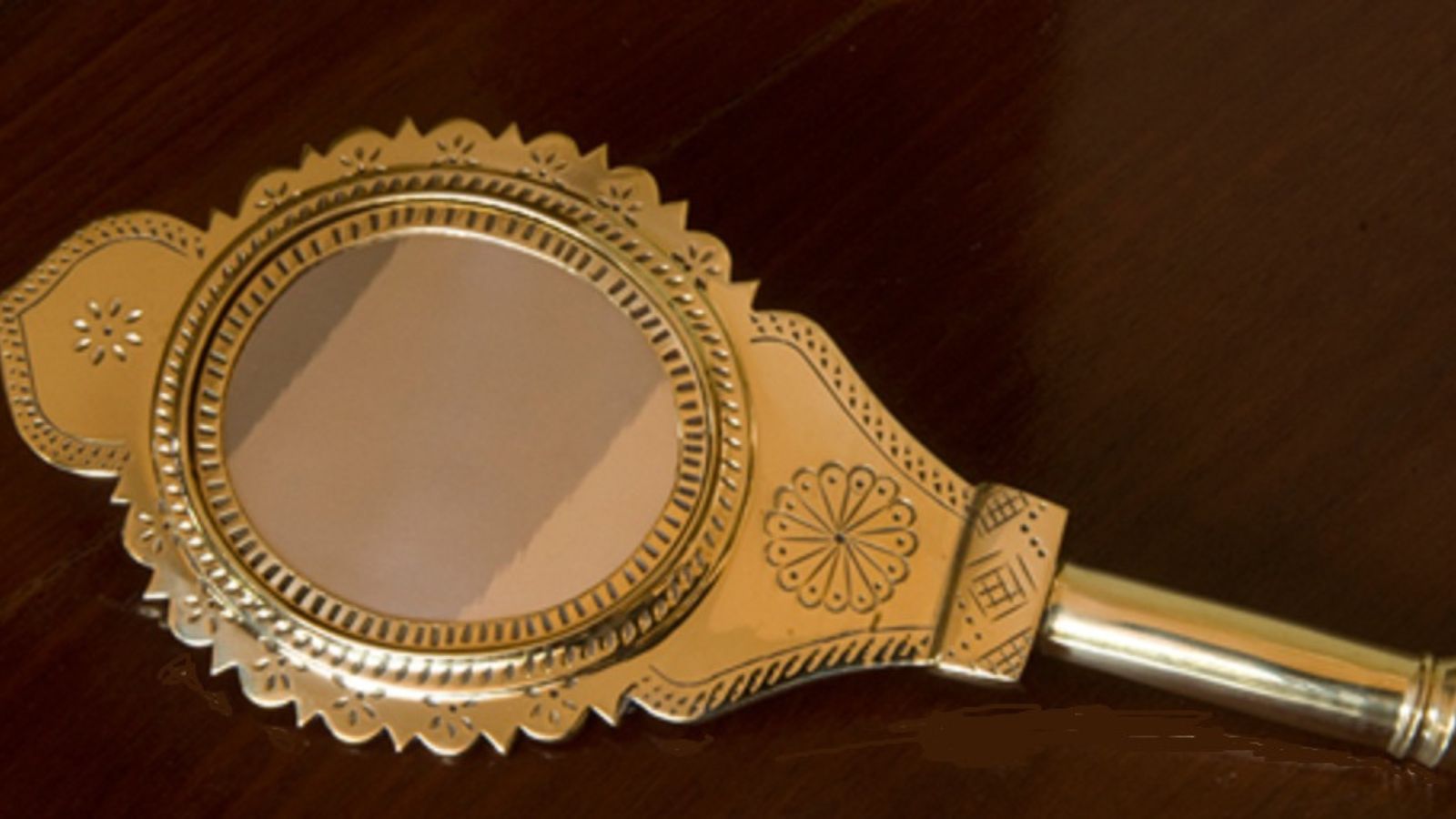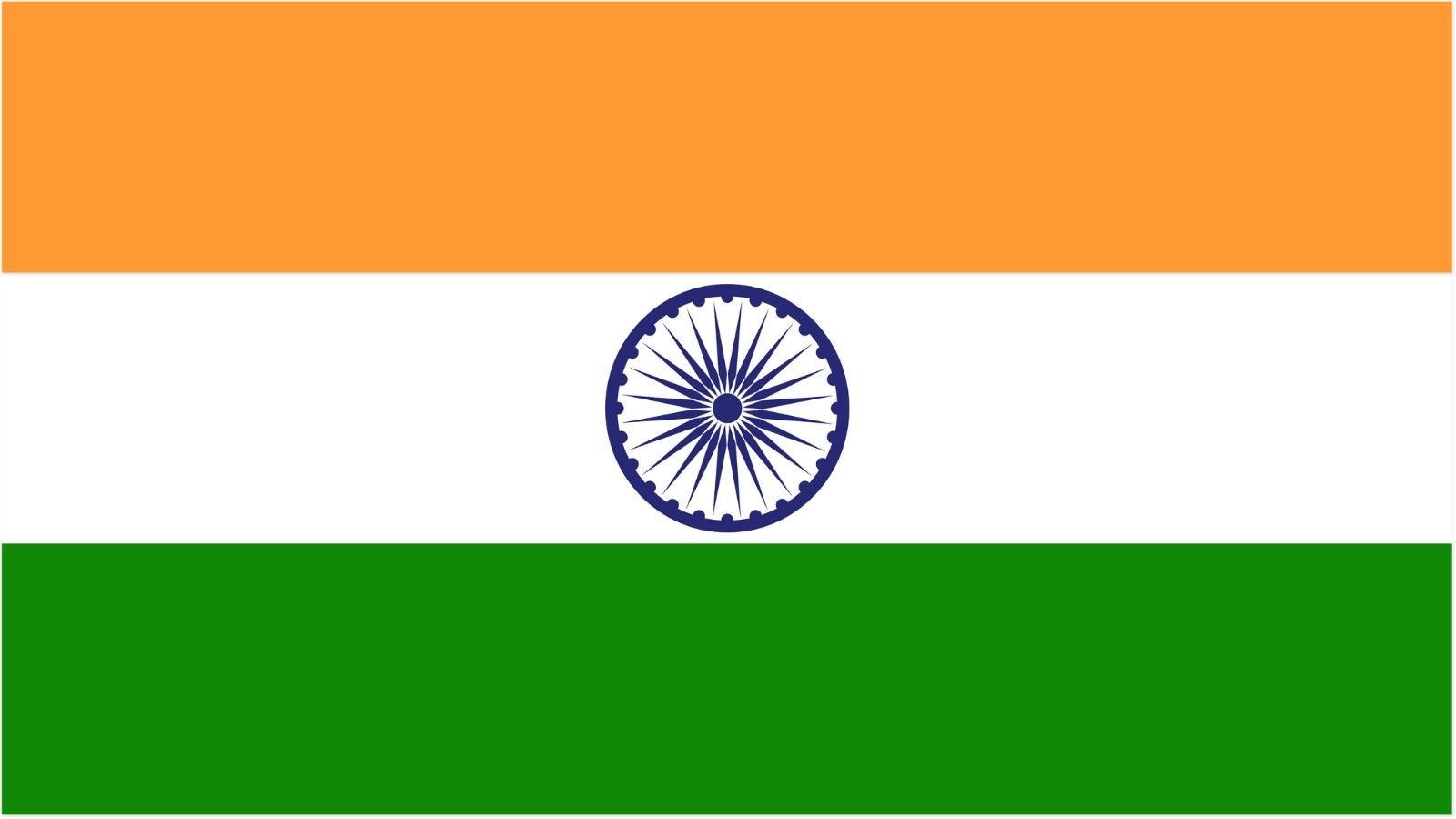The Gollabhama Saree, originating from Siddipet in Telangana, is a handloom known for its fine craftsmanship and rich heritage. The saree gets its name from the “gollabhama” motif, which depicts a milkmaid prominently featured along its border and pallu.
There are various stories about the inspiration behind the milkmaid motif on these sarees. According to one account, in the 1940s, handloom experts Devadas and Saayilu were at a tea stall in a village near Siddipet when they noticed local women carrying milk pots and bowls of curd. The sight of these women inspired them to weave their likenesses into the fabric, thereby developing the unique Gollabhama weaving style. Another version suggests that women offering milk and curd to Lord Krishna inspired weavers to immortalize these images on the sarees.
Yet another version drawn from the legendary tales of King Vikramaditya, recounts the story of his queen named Gollabhama. For reasons unknown, the king and queen were separated, leaving the queen in a humble position as a milkmaid selling milk. One day, while the queen was selling milk, the king, unaware of her identity, approached her and drank some milk from her pot. It was only after speaking with her that he recognized her as his queen, and they were joyfully reunited. This touching story inspired the 1947 Telugu movie Gollabhama (గొల్లభామ). The film’s popularity spurred weavers in and around Siddipet to create the Gollabhama sarees, incorporating the iconic milkmaid motif into their designs.

The Gollabhama Saree was awarded the Geographical Indication (GI) tag in 2012, affirming its unique cultural and artistic value. UNESCO recognizes these sarees as Iconic Textile Crafts of India, further enhancing their stature. This recognition reflects UNESCO’s commitment to preserving living traditions that are passed down through generations.
When Ivanka Trump visited Hyderabad a few years ago, the Government of Telangana chose to honor her with a Gollabhama saree. Such is the global appeal of the saree!



